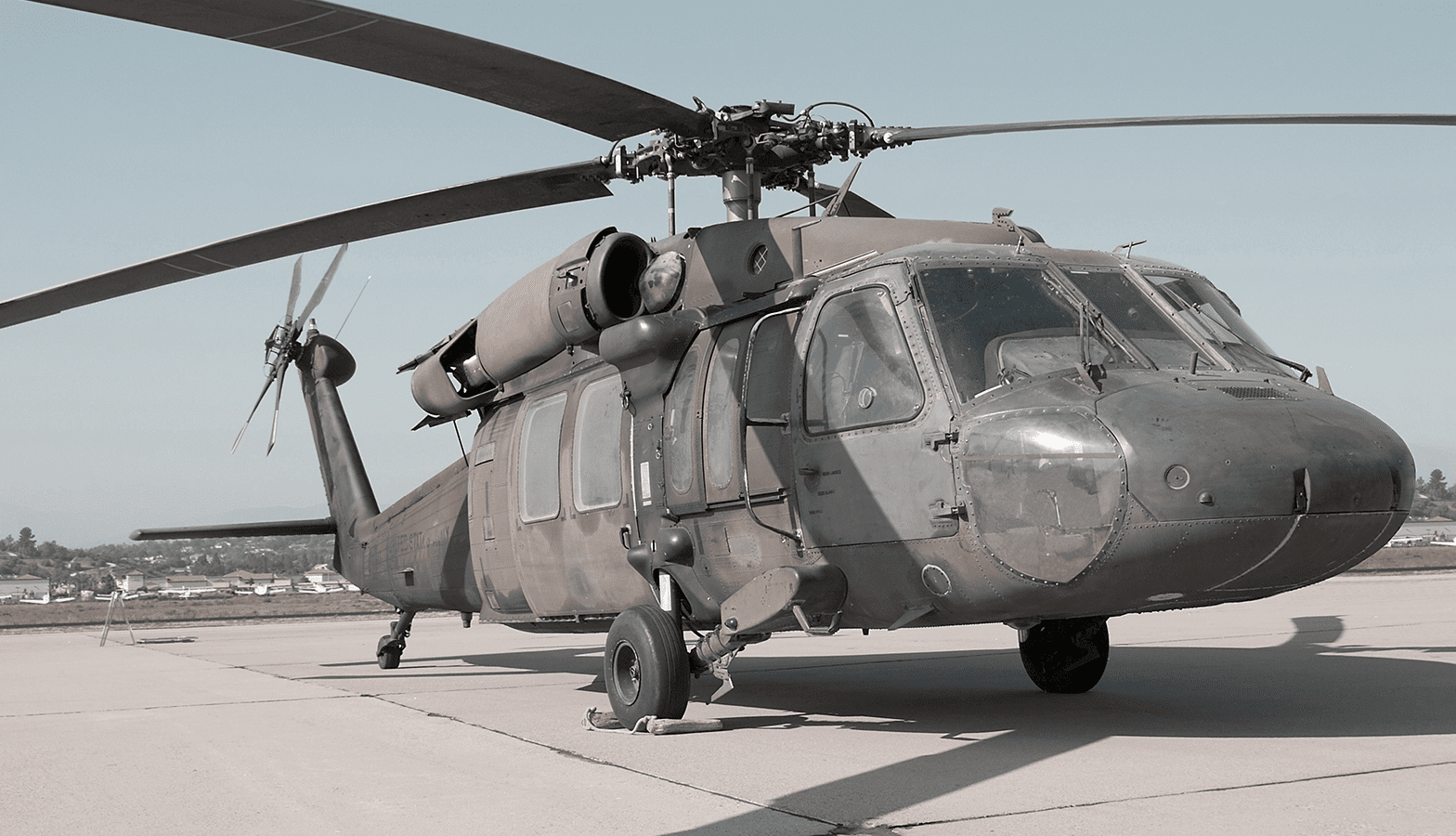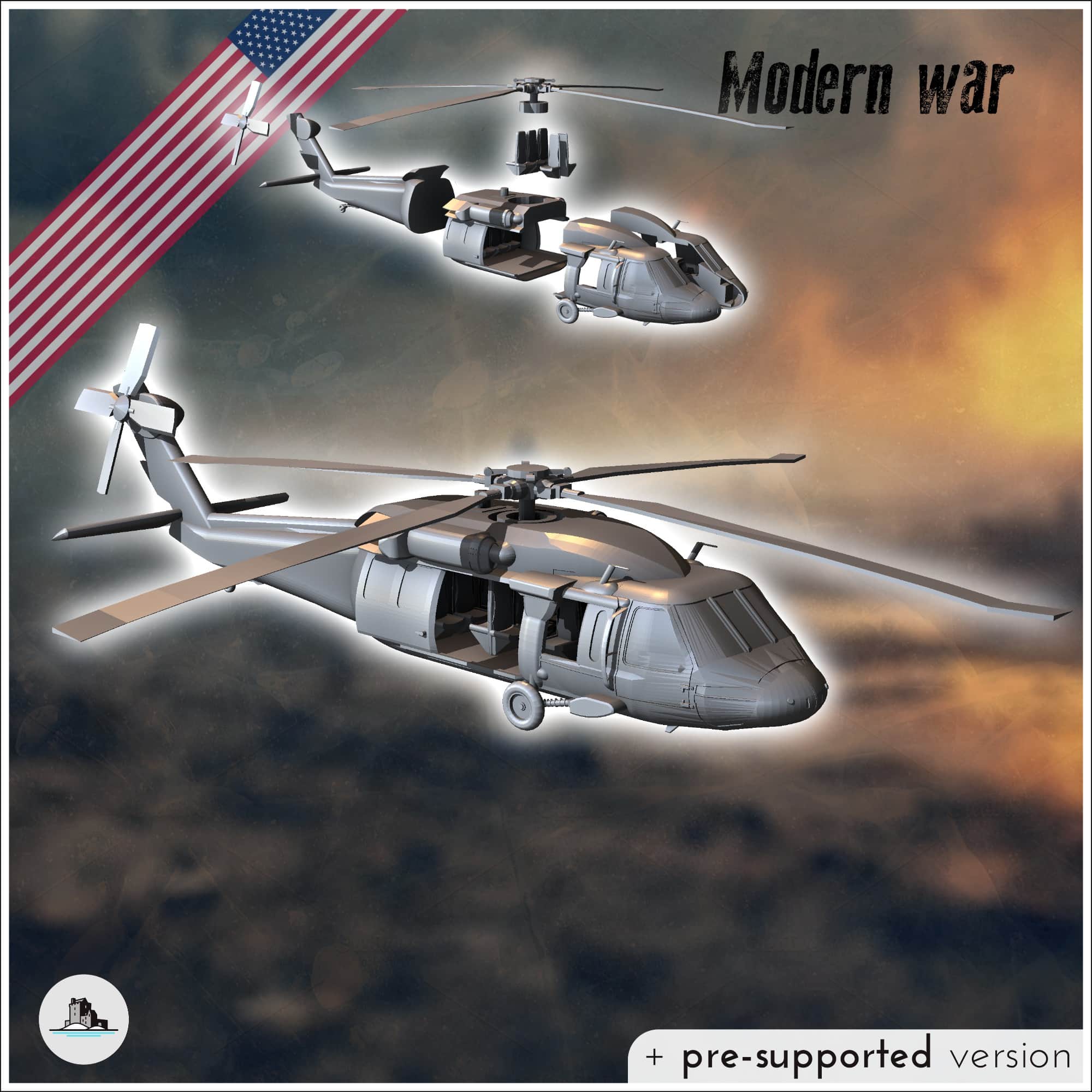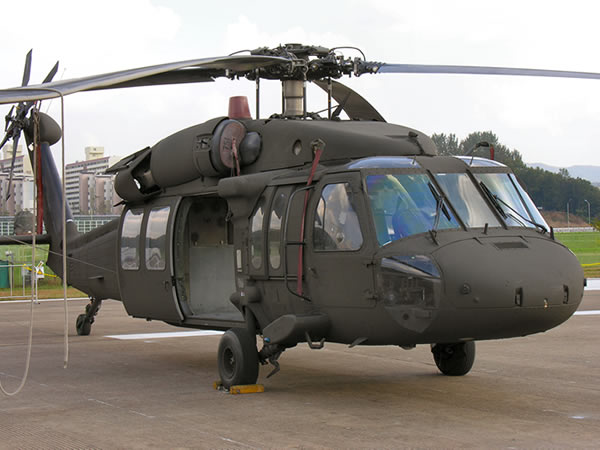Exploring the UH 60: A Look at Its Design, History, and Role in the Armed Forces
Exploring the UH 60: A Look at Its Design, History, and Role in the Armed Forces
Blog Article
The UH 60: A Versatile Aircraft for Armed Force and Civilian Use
The UH-60 helicopter, with its origins going back to the late 1970s, has actually developed into an important property for both army and civilian industries. Its multifunctional abilities, varying from troop transport to emergency clinical solutions, illustrate a remarkable adaptability to different functional needs. As technological improvements proceed to boost its performance and convenience, the implications of these developments for future applications warrant cautious assessment. Understanding the full range of the UH-60's impact may expose insights into its prospective trajectory and importance in an increasingly intricate functional setting (uh 60).
Historic Summary of the UH-60

Originally, the UH-60 was released to sustain army transportation, clinical emptying, and logistical procedures. Its intro noted a significant advancement in helicopter innovation, incorporating modern avionics and survivability functions. The Black Hawk's capability to operate in tough atmospheres, consisting of adverse weather and battle zone, strengthened its online reputation as a trustworthy workhorse.
Throughout the years, the UH-60 has actually gone through various upgrades and variations, adjusting to the advancing requirements of armed forces procedures. Its tradition consists of participation in vital disputes, showcasing its flexibility and effectiveness in different situations. The Black Hawk stays a keystone of army air travel, demonstrating the enduring importance of advancement in airborne transportation and assistance.
Armed Force Applications and Objectives
Regularly deployed in varied functional contexts, the UH-60 Black Hawk helicopter serves a multitude of army applications that are crucial to goal success - uh 60. This flexible airplane is mostly utilized for army transportation, allowing quick motion of soldiers to and from battle zone. Its ability permits for the transport of up to 11 fully equipped troops, making it a vital possession for ground forces
The UH-60 is additionally integral to clinical evacuation objectives, giving quick support for hurt employees under attack. Equipped with advanced clinical centers, it can move casualties while making sure continual healthcare. Moreover, the helicopter's energy encompasses reconnaissance and monitoring missions, where it collects vital intelligence and improves situational recognition for leaders.
In addition, the Black Hawk is often employed for logistical assistance and supply objectives, delivering necessary tools and provisions to soldiers in remote areas. Its adaptability is further demonstrated with its ability to run in diverse settings, from urban setups to rugged terrains. In general, the UH-60 Black Hawk continues to be a cornerstone of modern-day army procedures, symbolizing adaptability, reliability, and performance in satisfying objective purposes.
Private Citizen Utilizes and Adaptations
Beyond military applications, the UH-60 Black Hawk helicopter has found a series of noncombatant uses and adjustments that showcase its convenience. Originally designed for troop transport and logistical support, this aircraft has actually been effectively adjusted for different private duties, consisting of emergency medical services (EMS), firefighting, and search and rescue procedures.
In emergency situation clinical solutions, the UH-60 can swiftly move people to health centers, geared up with advanced clinical devices and workers. Its rate and ability to move enable fast reaction in important situations, which is vital in conserving lives. Furthermore, the helicopter's huge cabin permits for clinical teams to run successfully throughout trips.
In firefighting, the UH-60 has actually been modified to bring water or fire resistant, making it a reliable tool in combating wildfires. Its ability to navigate and hover in challenging surfaces offers significant advantages over conventional ground-based firefighting techniques.

Technical Innovations
Just how has the advancement of innovation influenced the capabilities of the UH-60 Black Hawk helicopter? The UH-60 has actually undertaken considerable developments since its creation, substantially improving its operational efficiency. One pivotal advancement is the combination of innovative avionics, that includes digital trip control systems and multifunction display screens, enhancing situational understanding for pilots. This permits for far better navigation and goal preparation, particularly in difficult atmospheres.

In addition, the unification of composite products in the airframe has actually reduced weight while maintaining structural honesty, adding to raised haul capability and gas performance. The helicopter's rotor system has actually also benefited from technological developments, such as sound decrease innovations and enhanced aerodynamic style, which improve both performance and stealth abilities.
In Addition, the UH-60's adaptability to different goal profiles is boosted by modular systems, making it possible for fast reconfiguration for duties varying from medevac to army transportation. uh 60. The introduction of sophisticated communication systems makes sure real-time information sharing and sychronisation throughout objectives, which important link is vital in modern combat scenarios. Jointly, these technological technologies have transformed the UH-60 into a flexible and powerful asset in both army and civilian applications
Future Prospects and Developments

Furthermore, recurring research study into alternate energy resources, such as hybrid-electric propulsion, presents an opportunity for raised gas performance and lowered ecological influence. This aligns with both civilian and armed forces goals for sustainability. The UH-60's versatility to numerous roles, from clinical discharge to look and rescue, ensures its ongoing importance in diverse operational contexts.
Additionally, partnerships with protection service providers are promoting advancements in weaponry and sensor modern technology, enabling the Black Hawk to successfully counter contemporary risks. As the army landscape progresses, the UH-60's layout will likely accept modularity, enabling quick reconfiguration based upon goal requirements. On the whole, the future of the UH-60 is bright, characterized by improved performance, flexibility, and a steady dedication to fulfill the obstacles of contemporary warfare and altruistic initiatives.
Conclusion
The UH-60 helicopter exhibits adaptability with its double role in civilian and army operations. As recurring technologies continue to enhance its capabilities, the UH-60 remains an important asset across numerous functional environments.
The UH-60 Black Hawk helicopter, a critical asset in contemporary army air travel, was first introduced in the late 1970s as component of the United state Military's pursuit for a trustworthy and functional energy helicopter.Often deployed in a knockout post varied operational contexts, the UH-60 Black Hawk helicopter serves a wide range of army applications that are essential to objective success. In general, the UH-60 Black Hawk stays a keystone of contemporary armed forces operations, personifying adaptability, integrity, and performance in satisfying objective purposes.
As the armed forces landscape evolves, the visit this site UH-60's layout will likely accept modularity, permitting for fast reconfiguration based on objective demands.The UH-60 helicopter exhibits flexibility through its dual duty in civilian and army procedures.
Report this page